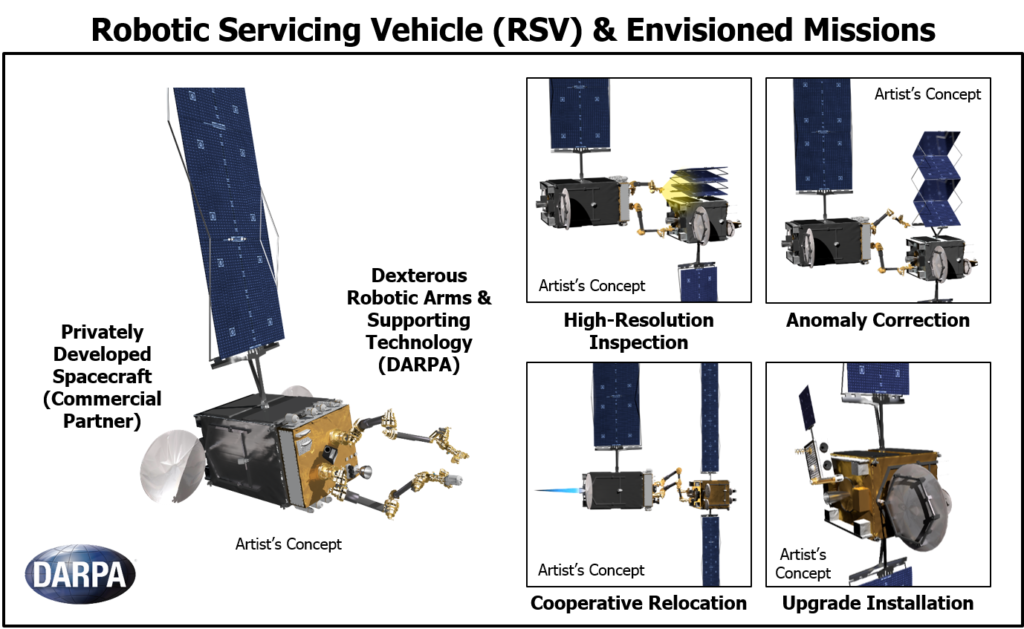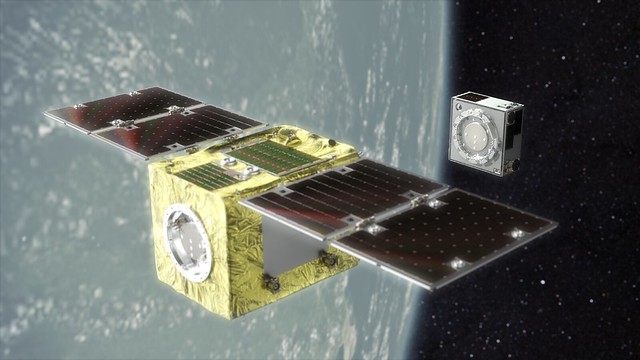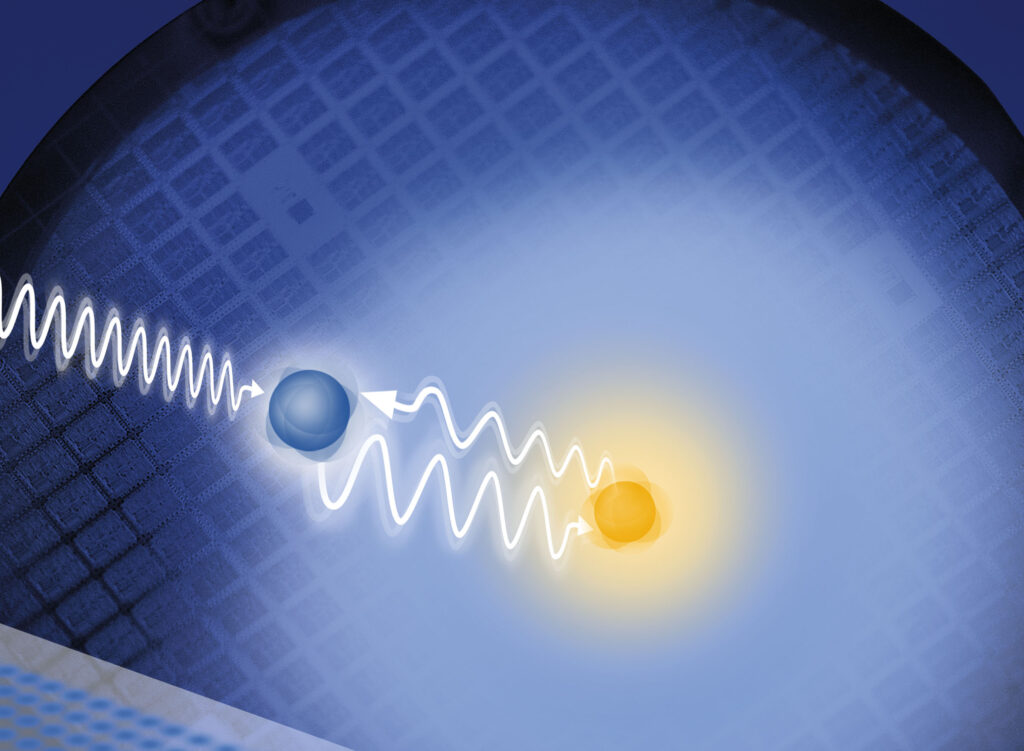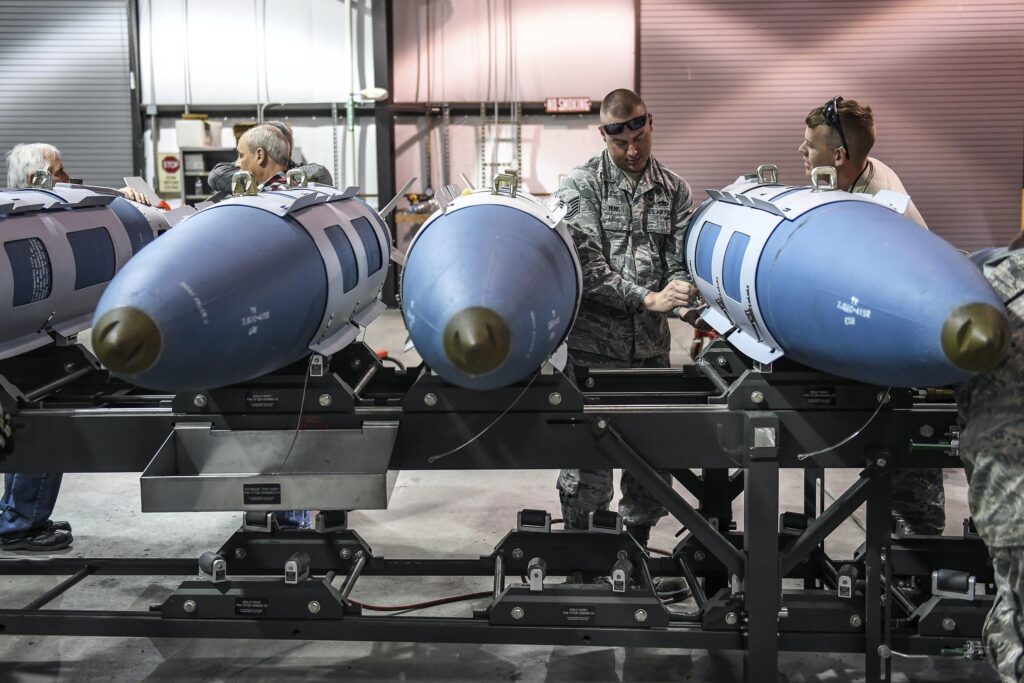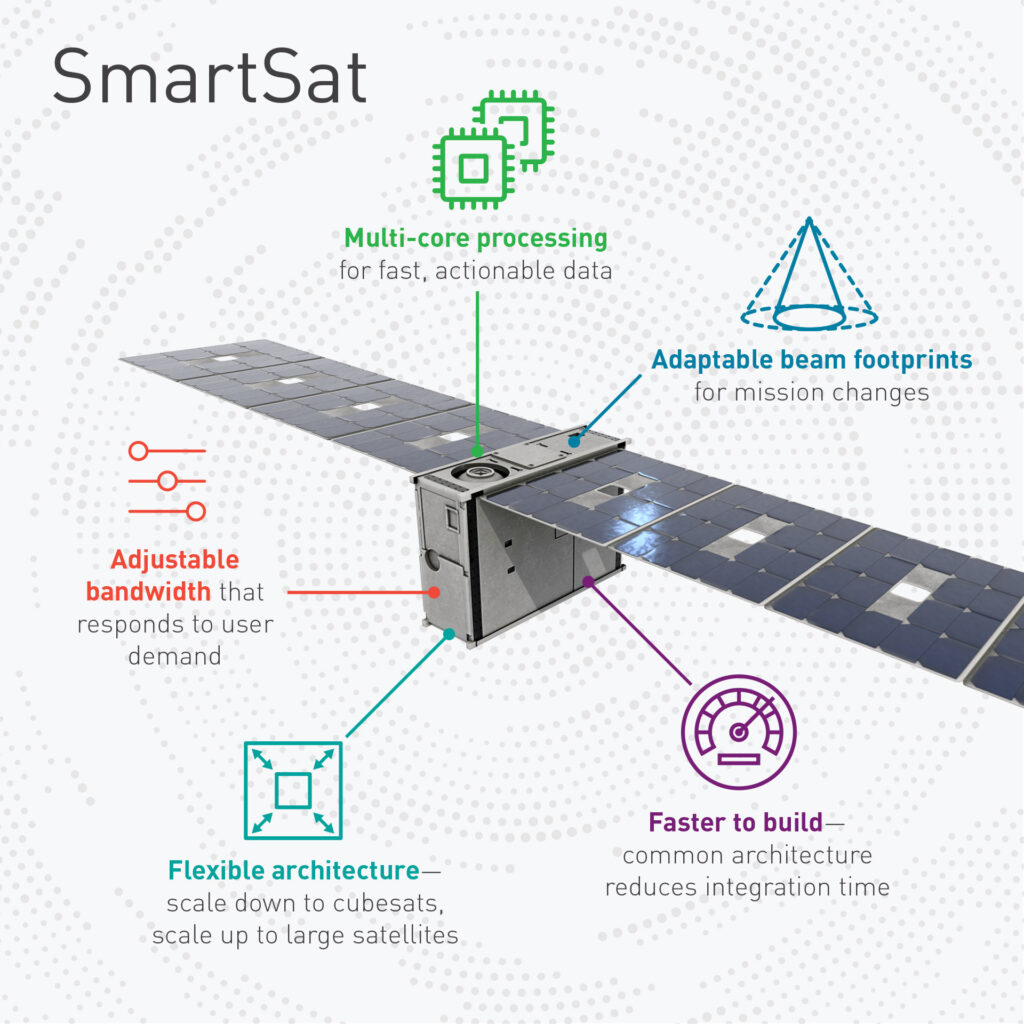DARPA In Talks With New Robot Sat Servicing Company
Posted on
The robot satellite known as RSGS will provide four types of service: inspection of anomalies that appear in a satellite’s operations; assist with adjustments to a satellite’s orbit; correct mechanical problems; and, help install new payloads to upgrade capabilities.
DoD On Biotech: Build Sound Defenses First
Posted on
Instead of augmenting super-soldiers, DARPA wants to boost troops’ natural defenses against engineered diseases — and even undo gene-editing altogether.
DoD Growth In Artificial Intelligence: The Frontline Of A New Age In Defense
Posted on
AI is a key growth investment area for DoD, with nearly $1 billion allocated for 2020. Breaking Defense takes an in-depth look at what’s happening, and what’s ahead.
DARPA’s Mosaic Warfare — Multi Domain Ops, But Faster
Posted on
“Kill webs,” not kill chains. Instead of exquisite platforms like the F-35 fighter, exquisite functional technology nodes (such as an advanced infrared sensor) that can be mixed and matched via AI-enhanced networks.
Astroscale US Targets DoD Sat Servicing Market
Posted on
“DoD is a customer like any other, with a future need for servicing its own satellites to extend mission life,” says Astroscale US President Ron Lopez.
Norquist Pledges To Shakeup Budget; Sharp Eye On R & D
Posted on
Presumptive Deputy Defense Secretary Norquist pledged to “revise budget review timelines and data collection standards to maximize senior leader decision-making quality and timing.”
‘Golden Age Of SIGINT May Be Over’: New Encryption Foils IC Eavesdropping
Posted on
“End-to-end encryption of all communications and data, differential privacy, and secure communications for all users are likely to be the new reality,” says a new DARPA-funded study.
Lots of DoD Small Launchers, But What Will They Launch?
Posted on
“The external and internal communication regarding [DoD] smallsat strategy is not consistent and not clear,” Carissa Christensen, CEO of Bryce Space and Technologies, said wryly.
‘Physics Are Physics’: Lockheed Sees More Big, Complex Sats
Posted on
“Physics are physics,” says Rick Ambrose, executive vice president of Lockheed Martin Space. “There are still some things for which a geostationary approach makes more sense. There are other areas that a Low Earth Orbit makes more sense, and everything in between.”

